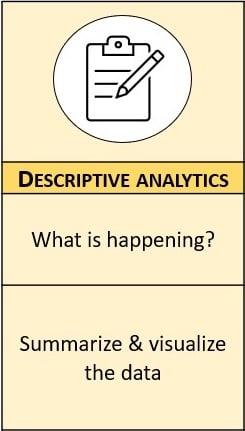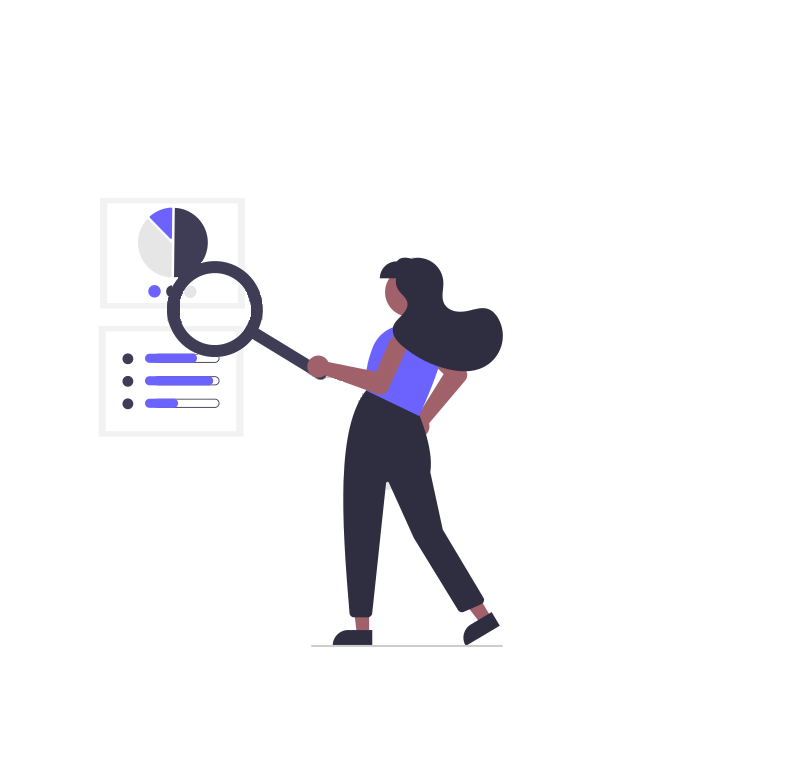Descriptive analytics
Introduction to Data Literacy

Carl Rosseel
Head of Business Intelligence Curriculum, DataCamp
Analytics overview

Why use descriptive analytics?
- Get to know the data
- Investigate relationships in the data
- Preparation for more advanced techniques

Common techniques
- Descriptive statistics
- Visualizations
- Outlier detection
Often combined in exploratory data analysis (EDA)

Exploratory data analysis
- Focus on exploring the data:
- Assessing its main characteristics
- Finding relationships, patterns or groups
- Suggesting hypotheses for future analysis
- Combines different techniques, with a strong emphasis on visualization
- Groundwork for further analysis but also valuable on its own

Case study: ice cream sales
Which ice cream flavor sells the most?
- Count sales per flavor
- Calculate most commonly sold flavor per store
- Calculate commonly sold flavor per month
Apply insights to drop unpopular flavors or offer new flavors with similar characteristics as existing popular ones

Let's practice!
Introduction to Data Literacy

